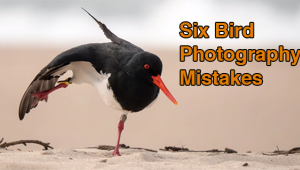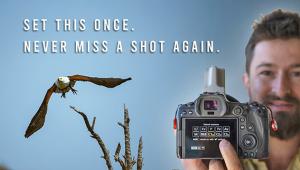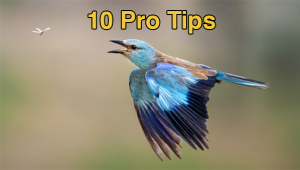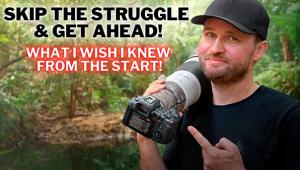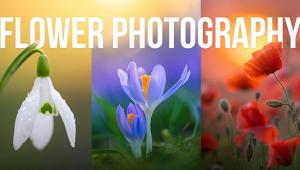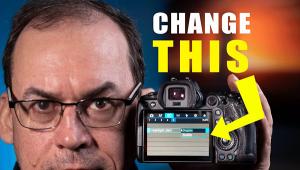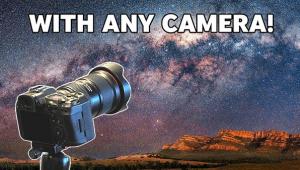Avoid These 3 Beginner Mistakes in Long Exposure Photography

Do your long exposure photos not always look the way you want them to? You could be making some basic mistakes and not be aware of it.
In the below video, photographer Ben Reeder shares three common mistakes beginners make with long exposure photography and how to avoid them.
“Long exposure shots of moving water can be some of the most epic photos you’ll ever take,” Reeder says. “But they’re also very easy to mess up if you don’t follow some critical steps. In this video I’ll explain how to avoid three beginner mistakes when taking long exposure photographs.”
#1 Too Much Camera Movement
“With long exposures, any movement will add significant blur to your final image,” Reeder explains. “This can come from hand movement if you’re trying to shoot handheld. It can come from wind. It can be from standing on a dock or an unstable surface. So to prevent this type of motion blur, using a tripod’s essential.”
#2 Shooting in Harsh Lighting Conditions
“Ideally you want even light. For example, with ocean shots you want to shoot before the sunrise or after the sunset. That ensures that the sun isn’t in the sky and overexposing your shot.”
#3 Choosing the Wrong Shutter Speed
“There’s no perfect shutter speed since it really depends on the light and the speed of the water. The conditions will ultimately dictate what shutter speed works best in that scenario. The darker the lighting is the longer your shutter speed tends to be. And with the water speed, if it’s moving really quickly, you won’t need quite a slow of a shutter speed since there’s going to be some built-in blur.”



